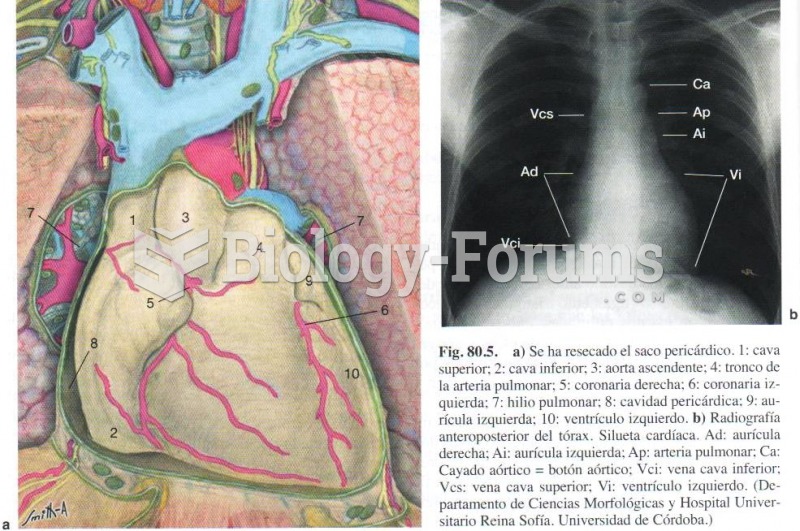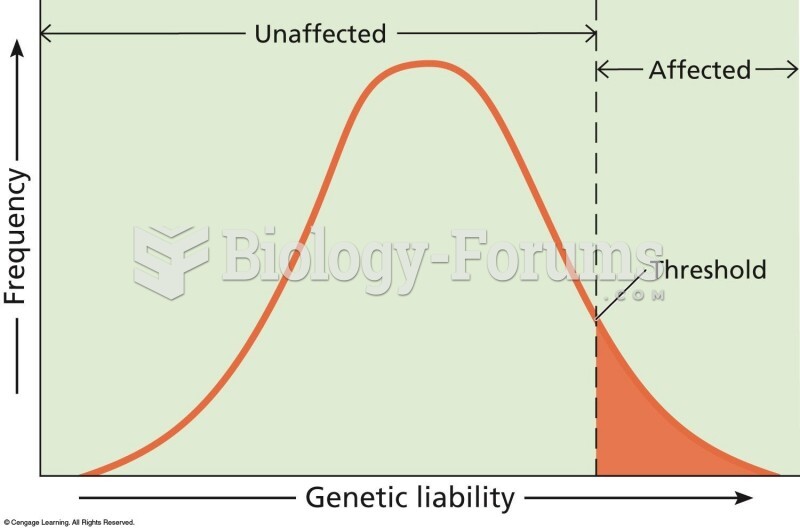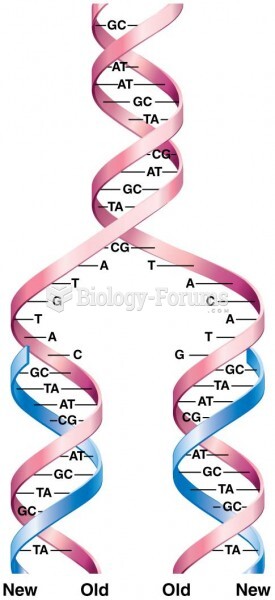Answer to Question 1
Weitzel and Jonsson have identified five stages of decline. At each stage except the dissolution stage, if managers do take prompt action they can reverse the decline.
Stage 1: Blinded: In the blinded stage, the first decline stage identified by Weitzel and Jonsson, organizations are unable to recognize the internal or external forces and problems that threaten their long-term survival. The most common reason for this blindness is that organizations do not have in place the monitoring and information systems they need to measure organizational effectiveness and to identify sources of organizational inertia. At this stage, a remedial action is to gain access to good information and effective top managers who are able to react quickly and put in place the right strategies and structures can stop the decline and put the organization back on its growth path.
Stage 2: Inaction: If an organization does not realize it is in trouble in the blinded stage, its decline advances to the inaction stage. In this stage, despite clear signs of deteriorating performance such as falling sales or profits, top managers make little attempt to correct problems. This failure to act may be because managers are misinterpreting available information. At this stage managers must take major steps to stop decline, such as by downsizing and laying off employees or by scaling back the scope of their operations.
Stage 3: Faulty action: If managers fail to halt decline at the inaction stage, the organization moves into the faulty action stage. Problems continue to multiply despite corrective action. Managers may have made the wrong decisions because of conflict in the top-management team, or they may have changed too little too late because they feared that a major reorganization might do more harm than good. Very often, an organization reaches the faulty-action stage because managers become overly committed to their present strategy and structure and fear changing them even though they are clearly not working to halt the decline. Radical structural and strategic changes are necessary to turn the company around at this stage.
Stage 4: Crisis: By the time the crisis stage has arrived, only radical top-down changes to an organization's strategy and structure can stop a company's rapid decline and increase its chances of survival. An organization in the crisis stage has reached a critical point in its history, and the only chance of recovery is a major reorganization that will very likely change the very nature of its culture forever.
Stage 5: Dissolution: When an organization reaches the dissolution stage, it cannot recover, and decline is irreversible. At this point, the organization has lost the support of its stakeholders, and its access to resources shrivels as its reputation and markets disappear. At this stage, organizations should focus their resources on a narrower range of products and markets. If an organization cannot adapt to a changing environment, it generally faces organizational death.
Answer to Question 2
TRUE







